Thomas Flechtner
Passes
1998–2001
The series of photographs of alpine galleries and tunnels presented in Alt + 1000 is characterised by striking aesthetics and coherence. The uniformity of tone and colour, associated with an extremely strict economy of information, seems to suggest a documentary work subjected to a procedure of rigorous recording. The majority of these photographs combine shades of white (the snow, the sky) and variations of shadowy greys and browns (the rocks, the concrete) which give to the whole a harmonious tonality, characteristic of a certain documentary aesthetic. The restraint of the procedure, the harmonious light and the refusal of any theatricals remind us of certain photographs from the New Topography or the Düsseldorf School However, the economy of detail suggests that “documenting” is not the prime objective. In spite of the omnipresent marks of man’s intrusion into nature, no precise cultural or geographic reference marks, no temporal indication, enable us to situate in reality what is represented. The tunnels can be summarised in two distinct surface-types – snow and concrete – which, in spite of the wealth of textures and shades they contain, do not convey much information The consequence of such a construction is that the spectator is incapable of finding a sense and thus of “understanding” the image. In this manner Flechtner eliminates any narrative or interpretive dimension, with the result that the image seems to be anchored in a fixed temporality.
However, in spite of their obstinacy not ta convey a meaning, these images also seem openly opposed to the idea of recording a fixed moment in time, to this frozen instant generally invoked to explain documentary photography or to define what “photography” should be. At a first glance, the inevitable impression of immobility inherent to this medium remains. But by presenting photographs which are scant in details, by preventing the spectator from understanding the image through significance, Flechtner shifts the attention towards a less rational perception, which challenges this immobility. Without any significant points of reference, the viewer finds himself drawn into a spectatorial and purely contemplative condition, in which sensory functions take the place of cognitive functions. In this meditative photographic experience, in which absorption occupies the central position, there is a factor which may vary and which would seem to have particular influence: the perception of time. In this universe suspended between the ephemeral and the eternal, between the temporary and the unchanging, between the presence and the absence, “different” temporalities emerge, oscillating between time which is spread out and time which has stopped, between the very idea of temporality and the impression of timelessness.
With his unadorned compositions, Flechtner cleverly deflects the regard based on the equivalence between the abject and the symbol and which would run counter to his intention. What he seeks to communicate lies above all in the questioning, in the phenomenality, in the confrontation between representation and spectator, in the almost impressionistic challenge of the transcendental nature of the picture.
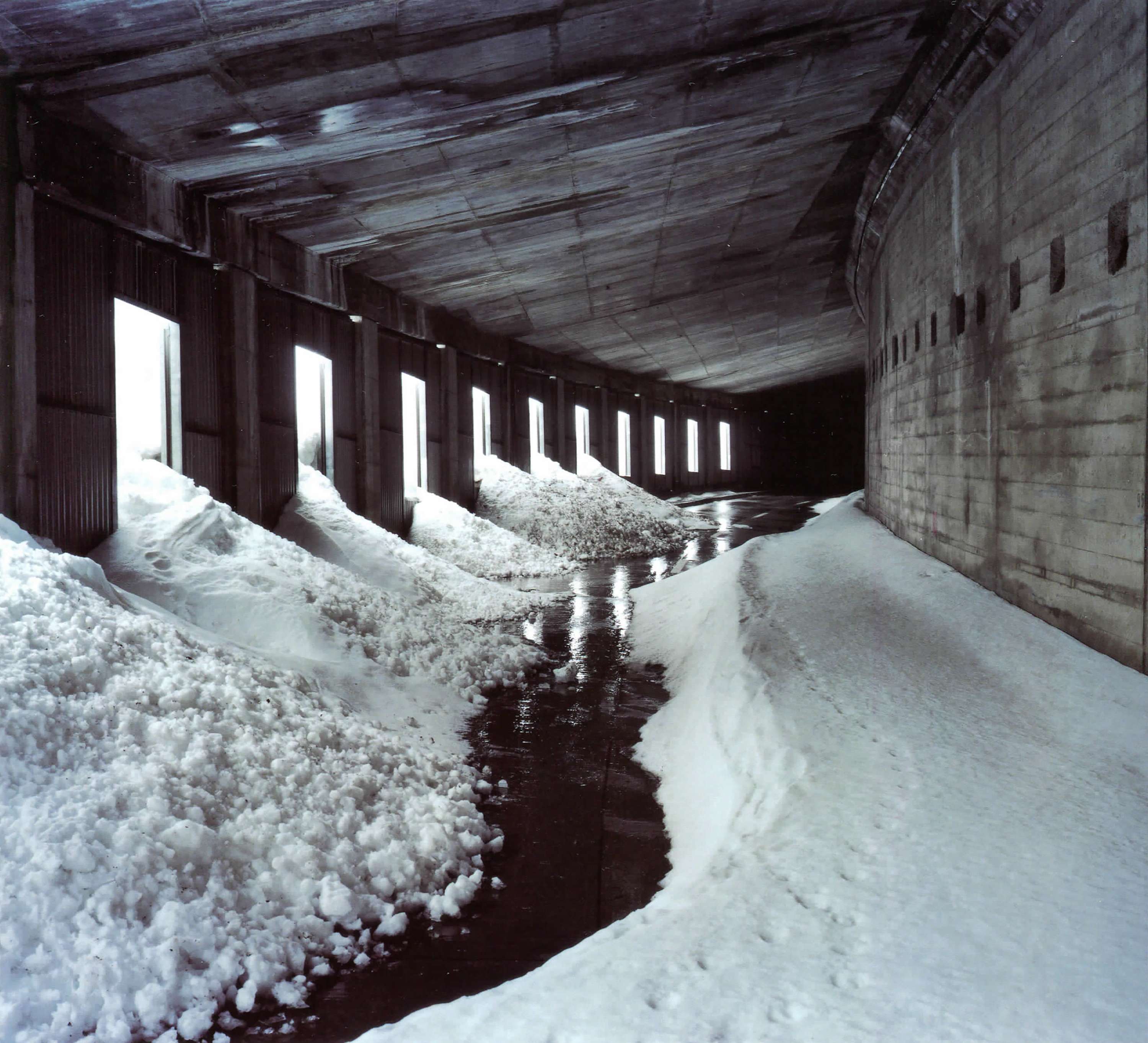
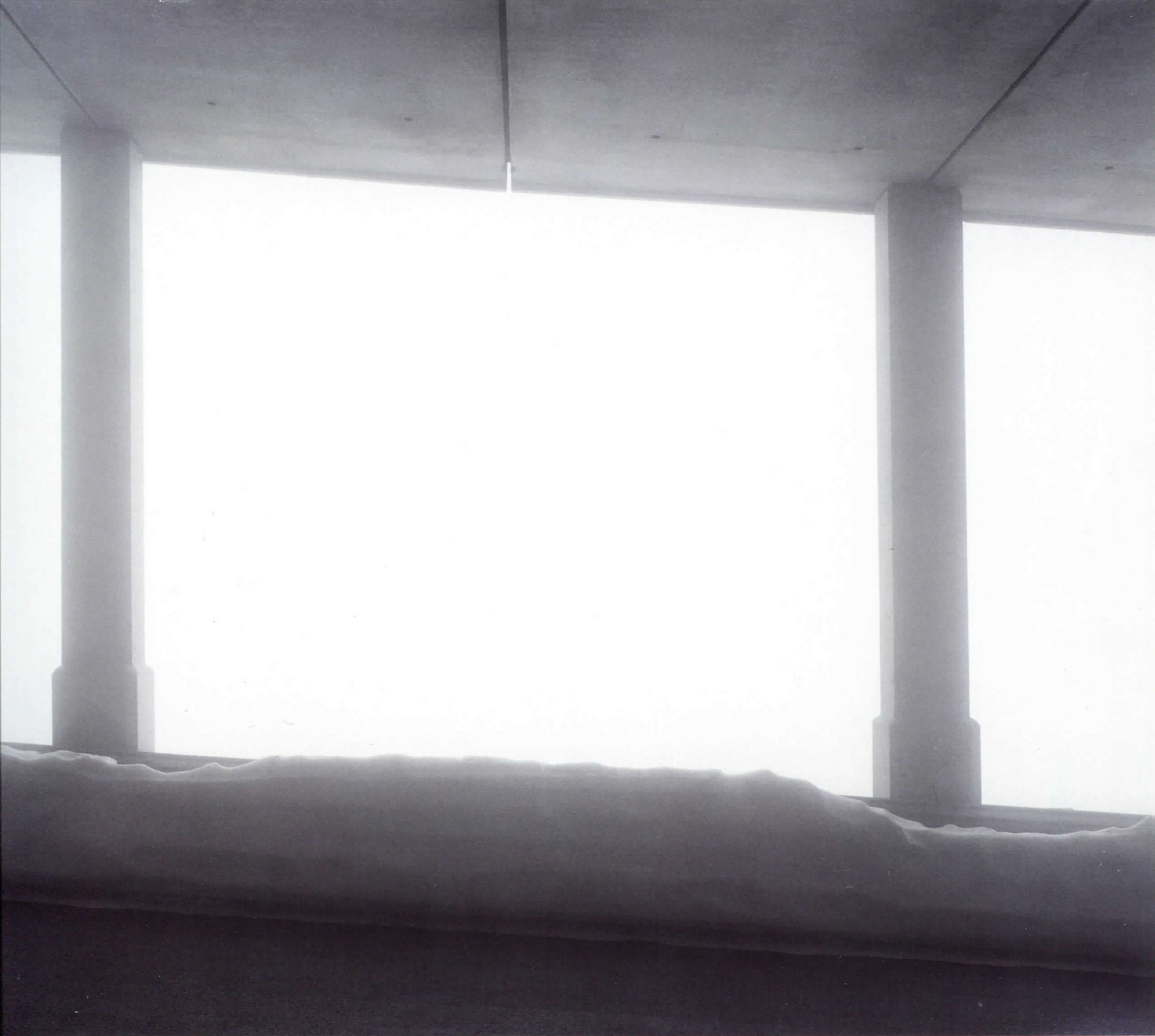
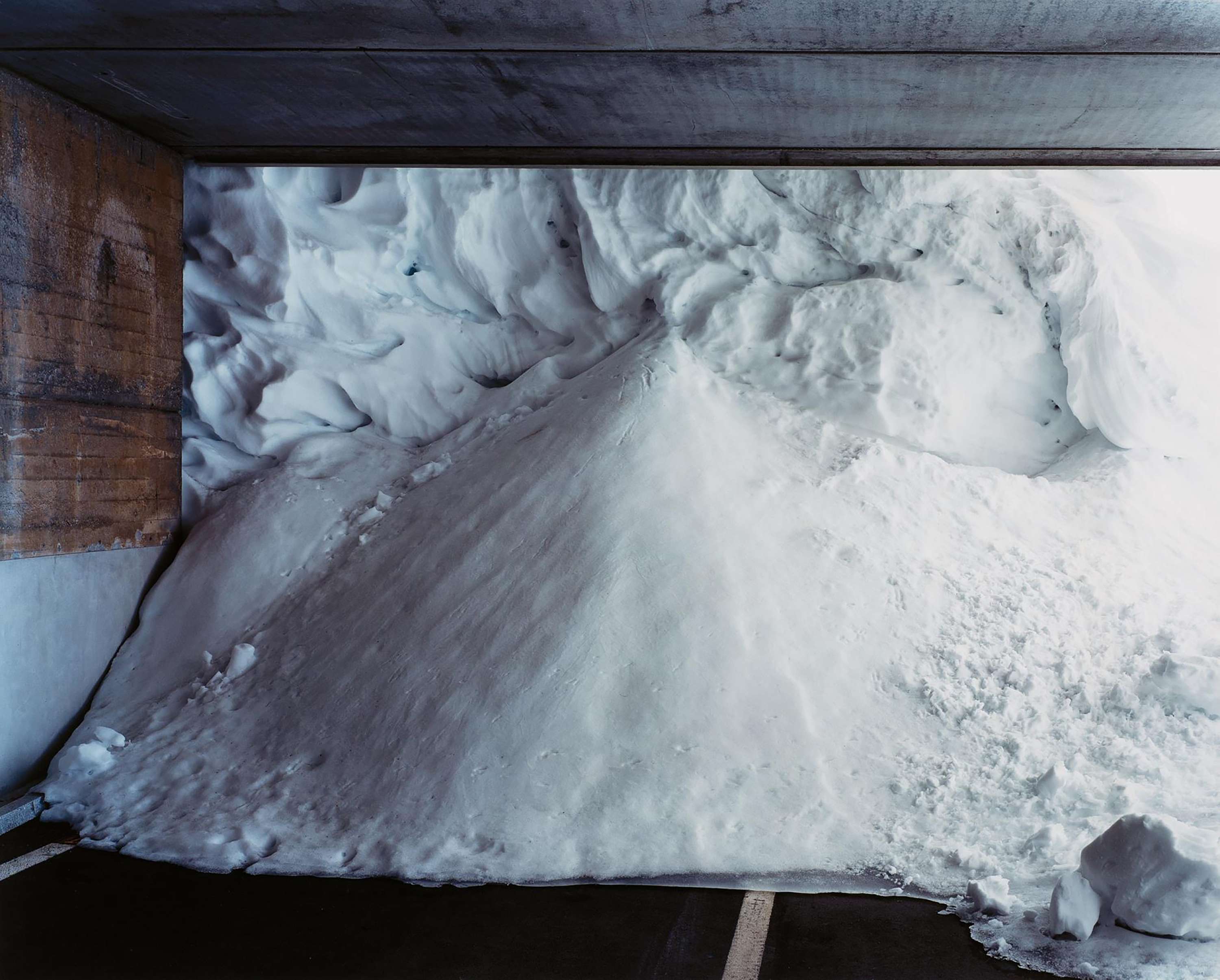
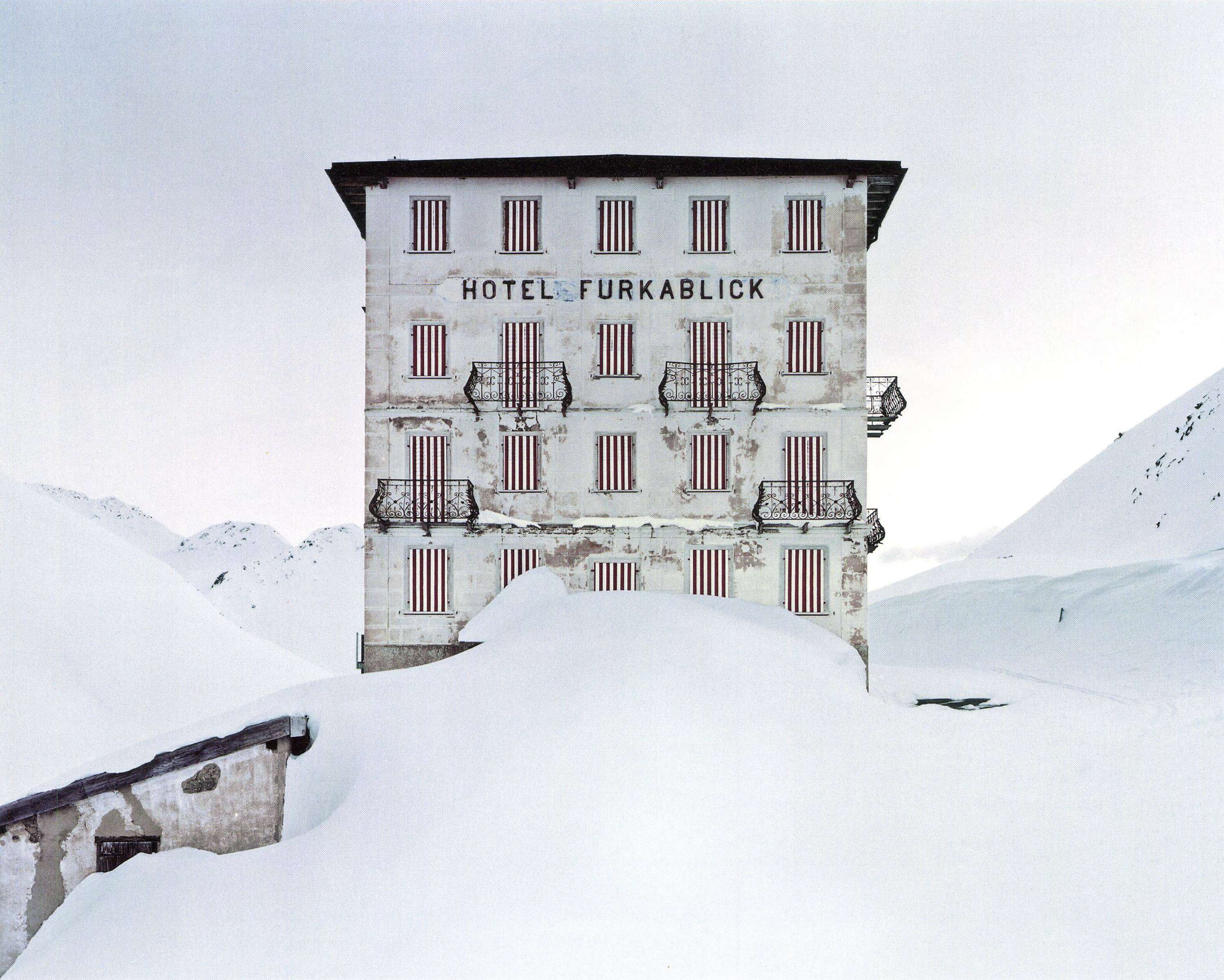
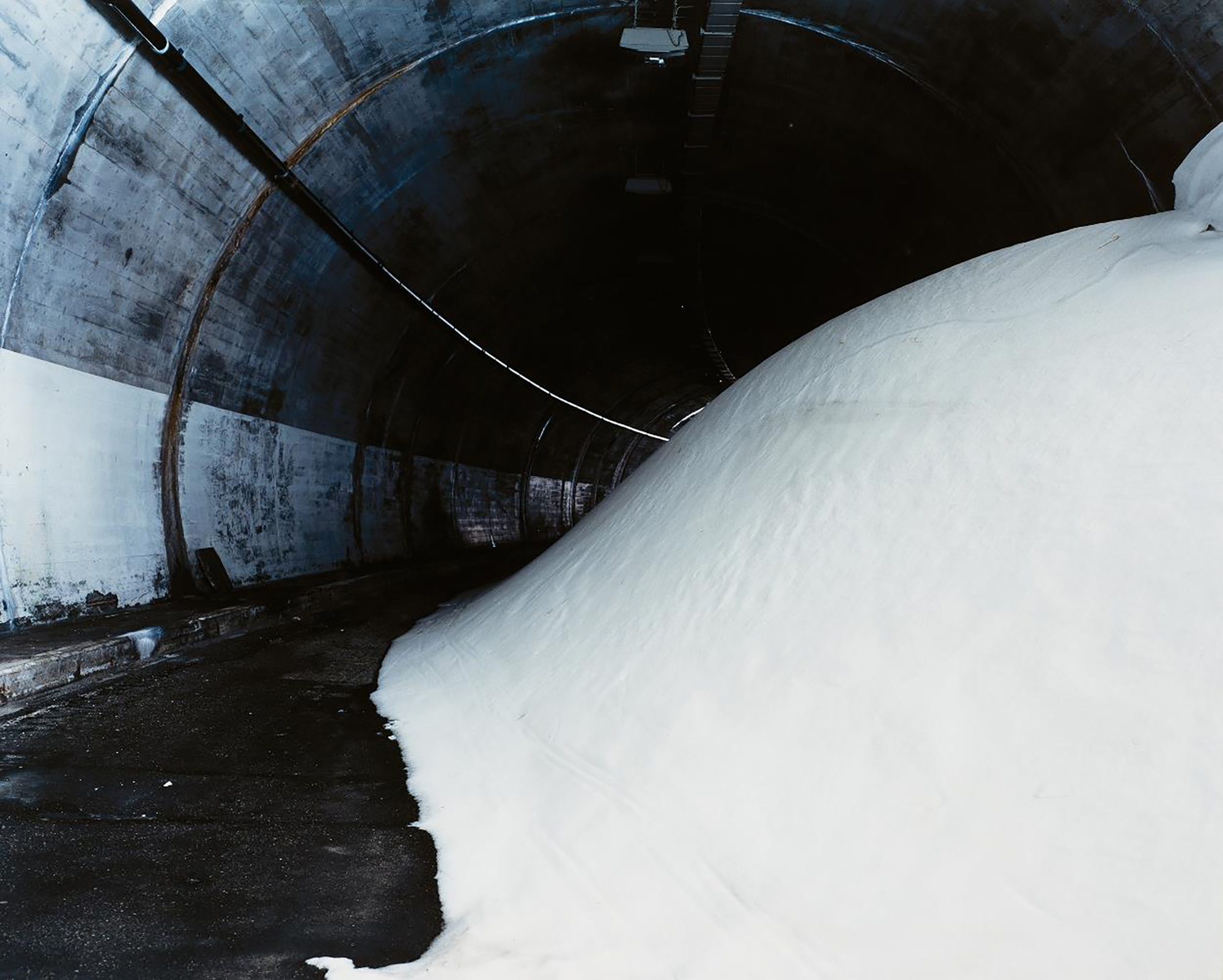
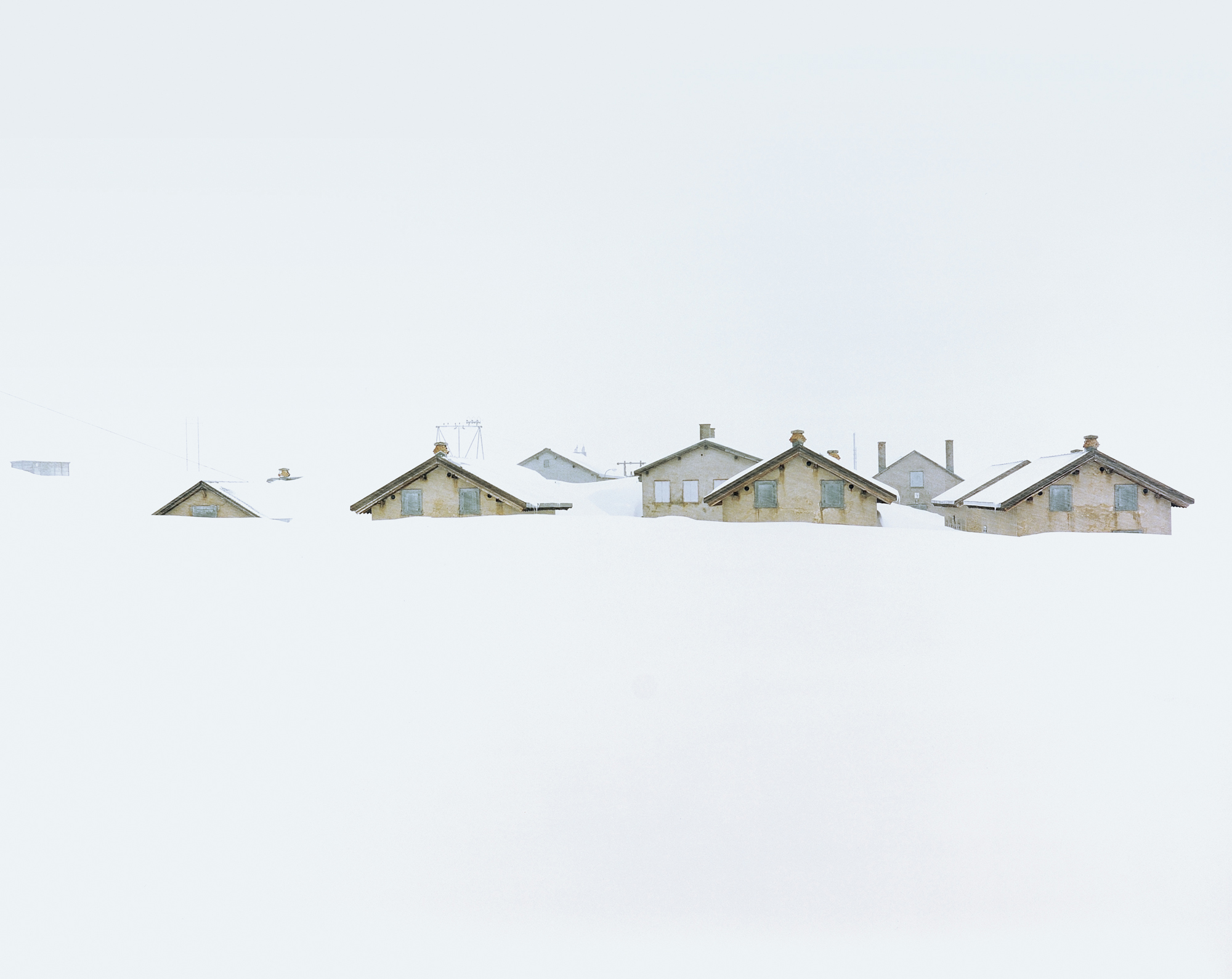
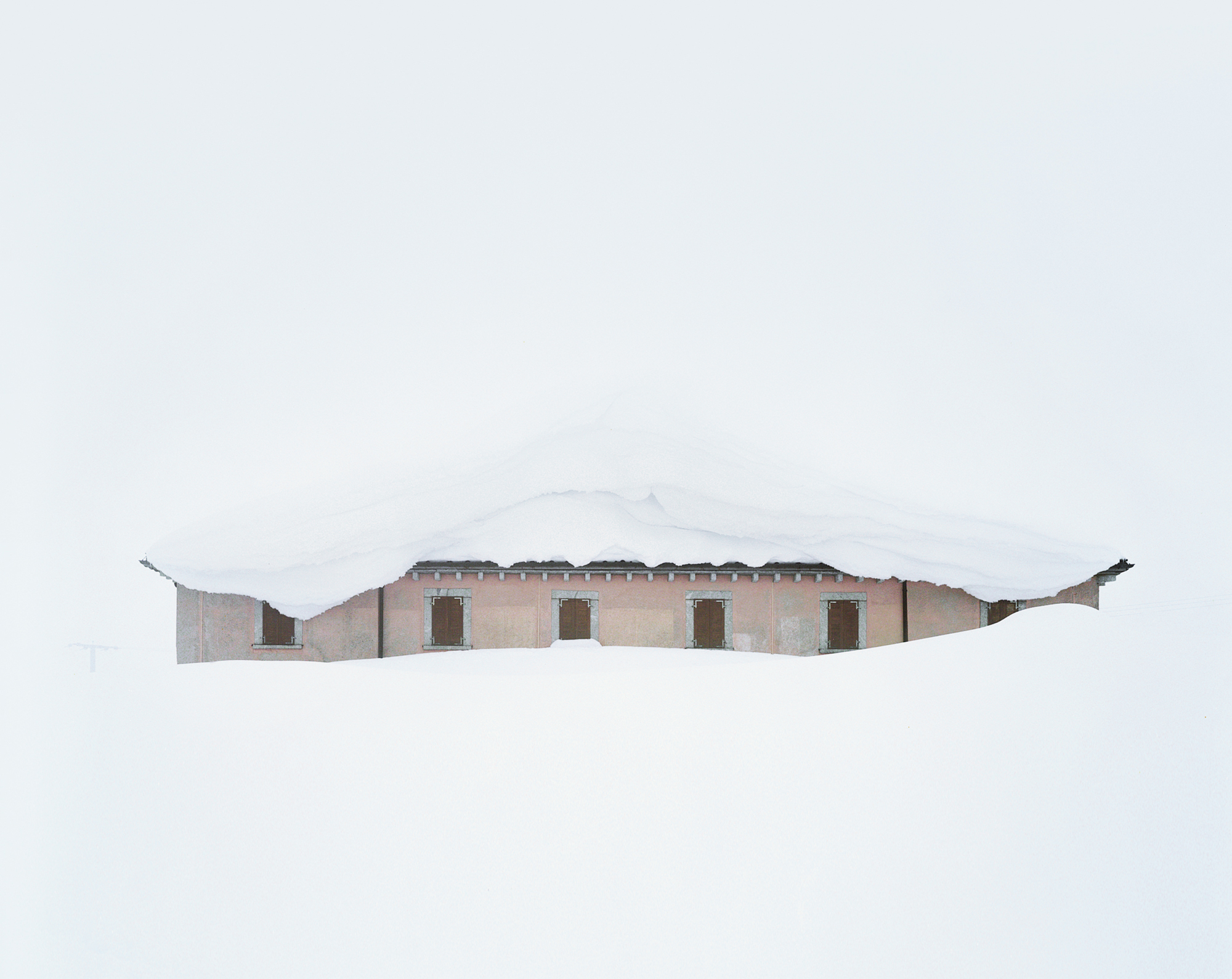
Lieu: Lepontine Alps
Text: Claus Gunti
Publié: Mars 2019
Catégorie: Photographie
Source